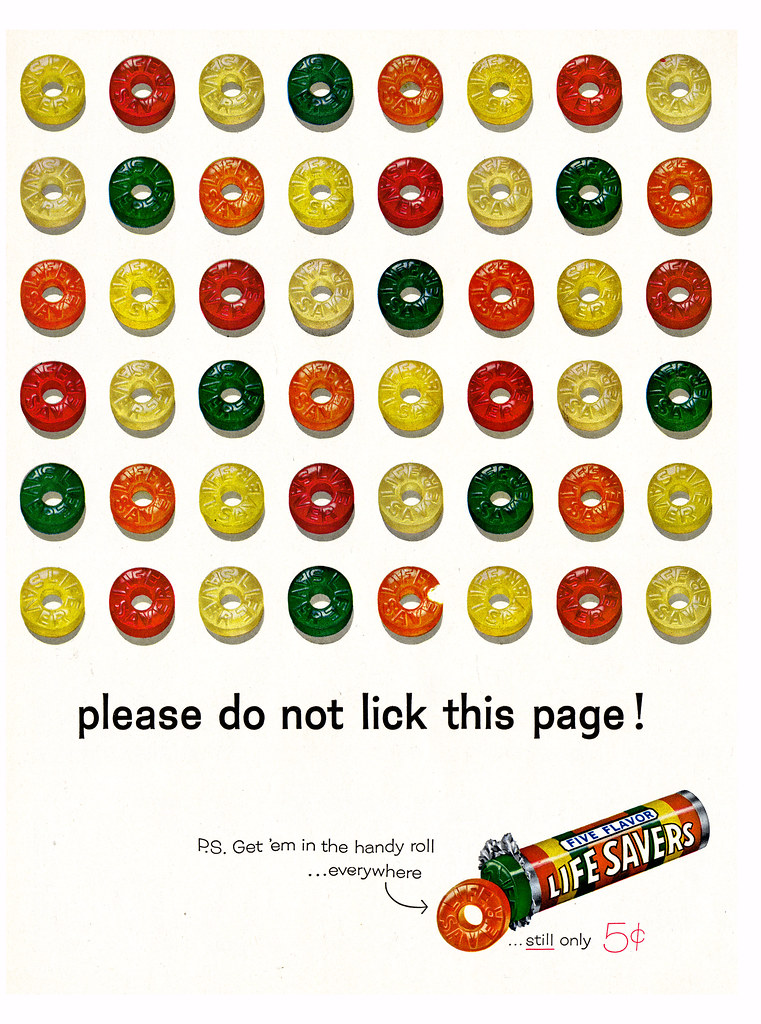It’s a tense moment.
Carrol Shelby is sitting in the wood-paneled lobby of the great man’s office, waiting to be admitted. While waiting, hat in hand, he sees a curious sight:
A courier brings up a Ferrari-red folder and hands it off to one secretary… who hands it off to a second… who gives it to a third… who then takes it behind closed doors.
Eventually, the last secretary comes back out and faces Carrol Shelby.
“Mr. Ford will see you now.”
This is a scene from the new Ford vs. Ferrari movie, which I went to see last night.
And while the movie has lots of hot shots of sexy race cars, I thought this scene, and the one that follows, were the most interesting, particularly from a persuasion standpoint. Because once Shelby is in front of Henry Ford II, he has to explain himself.
Shelby was put in charge of developing a new racing car for Ford, and winning an important race. He failed miserably.
“Tell me why I shouldn’t fire you right now,” Ford barks at him.
Instead of answering, Carroll Shelby clears his throat. And he starts talking about the red folder he just saw… and how it had to change a half dozen hands before it could land on Henry Ford’s desk.
“The Ford Company is too bureaucratic,” Shelby is effectively telling Ford, “and that’s not how you build winning race cars.”
Ford is not pleased, but he’s listening. And a few moments later, he is convinced.
“We’re not just good at pushing paper here,” Ford says to Shelby. “Go to war. And from now on you report only to me.”
Now of course, this is a scene from a movie. But I think it’s a great illustration of a valuable — perhaps most valuable — persuasion tool.
Fact is, if you’re not having success persuading somebody, whether that’s a sales situation or any other kind of negotiation… then odds are good you’re not using this massive hammer of influence.
Because I heard one very successful marketer, Travis Sago, call this the most valuable persuasion tool he knows and uses to regularly enter new markets, and eventually make million-dollar paydays.
Travis even said he’d would rather have this tool than a cool $2.5 million in the bank — because with clever use of this one tool, he could easily make that money back.
According to big T, this tool is the best way to nudge people from cold and disinterested… to trusting you and being willing to do what you ask.
So what exactly is the magical and powerful persuasion tool?
It’s right there, hidden behind the story of Carrol Shelby and the red folder.
In a word, it’s insight.
In several words, it’s giving your customer/prospect/adversary deeper insight into his own problem.
The Carroll Shelby story is one illustration of how to do this. But if you start thinking about this topic, and looking out for this simple idea, I bet you will start to find other ways to force new insight into your audience. And if Travis Sago is right, then your persuasive powers will explode, even if you’ve got little else going for you at the moment.

